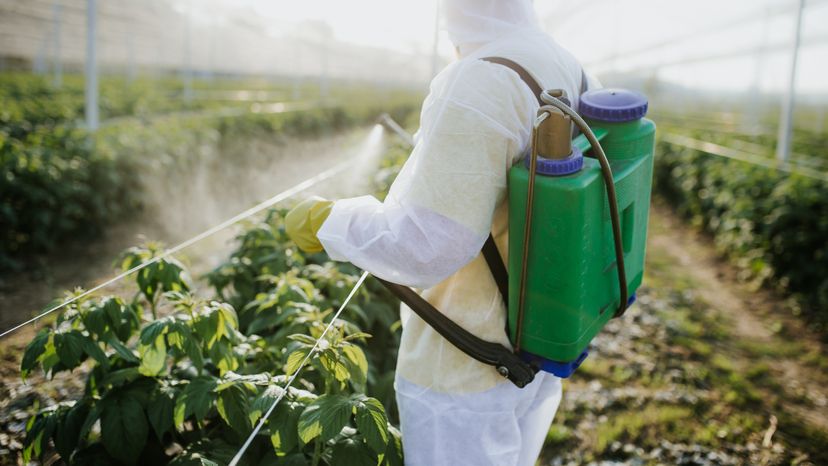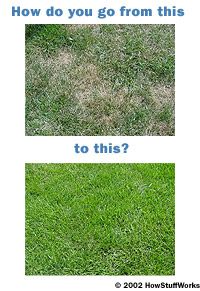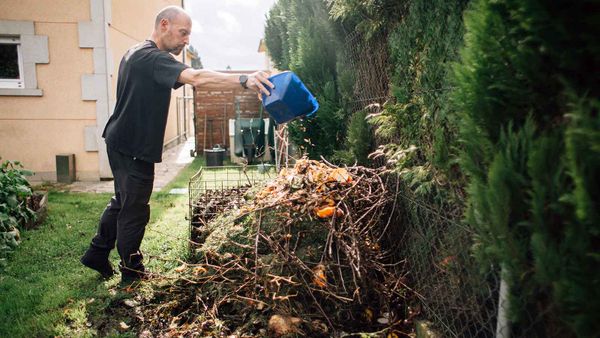
Plants require several different chemical elements in order to thrive. Oxygen, carbon and hydrogen are found in water and air; secondary nutrients that plants need include magnesium, calcium and sulfur. Beyond that, plants also need such micronutrients as zinc, molybdenum, copper, manganese, cobalt, iron and boron. The most important chemicals that plants need, without which they won't thrive, are the three macronutrients: potassium, nitrogen and phosphorus. The reason for this is that the basic building blocks of every plant are ATP, cell membranes and amino acids. Nitrogen is an element in every amino acid; ATP, which is the primary source of energy for all cells, contains phosphorus. Potassium is essential to a plant's ability to metabolize. This element also comprises up to two percent of a plant's weight.
Plants that don't receive enough of these three essential macronutrients will be severely limited in their ability to grow since they would also be deprived of the basic building blocks. Potassium, phosphorus and nitrogen are created in nature from decomposing plants that have died. To stimulate plant growth, gardeners and farmers use fertilizers that contain the three essential macronutrients. Most fertilizers on the market contain large amounts of potassium, phosphorus and nitrogen. Since the other chemical elements aren't as crucial to plant growth, as well as being found abundantly in most soils, they're not included in most fertilizers. Every bag of fertilizer has printed on it the exact percentages of potassium, phosphorus and nitrogen that are contained in the fertilizer mix. The remaining material in a standard bag of fertilizer will be ballast, which has no role in the growth of plants.
Advertisement
Advertisement


